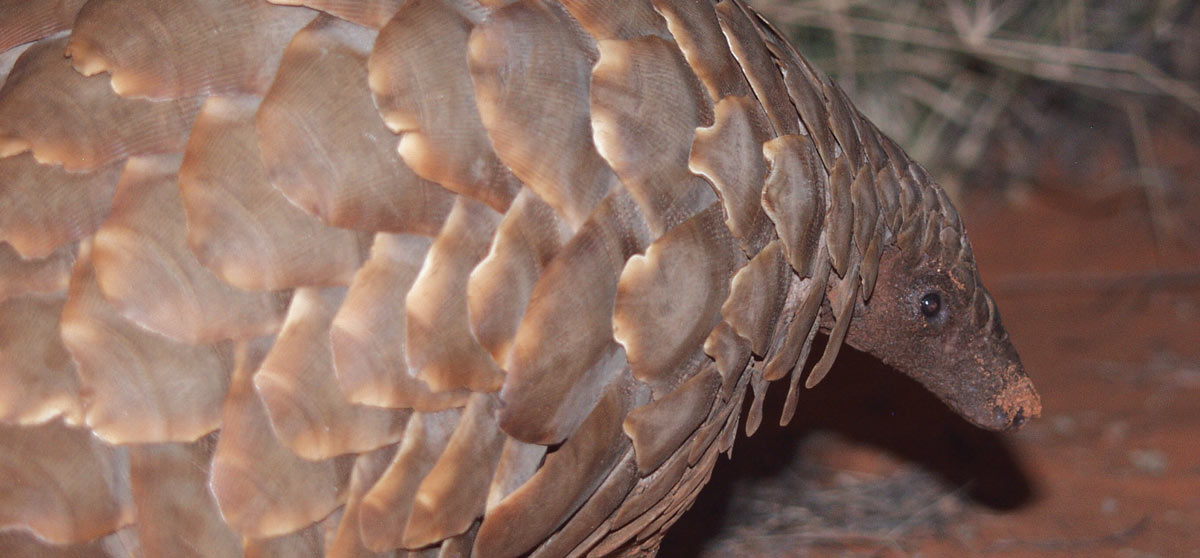Pangolins are highly sought-after in the African (and Chinese) traditional medicine trades. In Africa they form an integral component of cultural rituals and also feature prominently in the ‘bushmeat’ trade. Yet not much is known about pangolins, other than that the current rate of consumption is far exceeding their reproduction rate. This basically means that pangolins are being eaten to extinction!
As part of a multi-organisational research group, which includes the University of Pretoria and colleagues from the Tshwane University of Technology, the National Zoological Gardens of South Africa and the African Pangolin Working Group, efforts are being made better to understand the biology, cultural uses and current trade levels of pangolins.
Darren Pietersen, who as part of his Master’s research studied the ecology of pangolins, has teamed up with Professor Armanda Bastos of the Mammal Research Institute and Honours student Sean Heighton to study what diseases pangolins have, and whether any of these may have potentially negative effects on humans or livestock. This is especially pertinent, considering the rapid increase in trade that has been observed over the past five years, and the potential for this trade to transmit bacterial species to regions where they may not be present. The study also has important health implications, as those pangolins that are lucky enough to be rescued from the trade, often spend time in a rehabilitation centre prior to release. Knowing what diseases they may carry will assist rehabilitators to take the necessary precautions to protect themselves, the pangolins and other animals in the centre.
Further research is being undertaken by Christine Steyn of the Faculty of Veterinary Science who is describing the anatomy of the front limb of the pangolin. This will enable researchers to compare the musculature of pangolins to those of species that are closely related but with a vastly different diet, and those that are distantly related but with a similar diet, to see how both phylogeny and niche drive body functionality. Additional projects being undertaken in association with their collaborators are quantifying the illegal pangolin trade, investigating the cultural uses of pangolins in Africa, and investigating the genetic diversity both within and between the African pangolin species.
 Photo by Darren Pietersen
Photo by Darren Pietersen